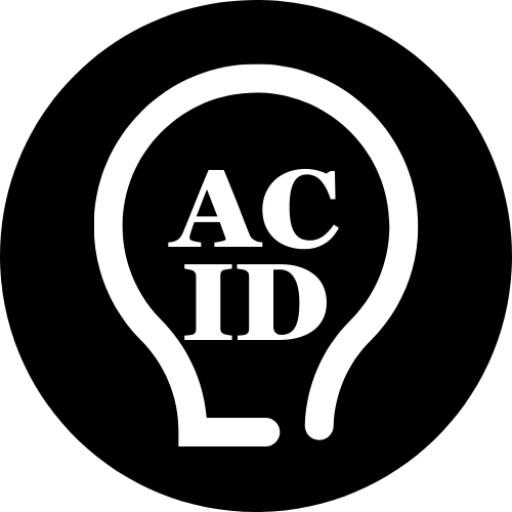
Looking for B2B SaaS Growth? Master SEO the Smart Way
Introduction
Ever feel like Search Engine Optimisation (SEO) is a bit like the Tour de France? Everyone’s pedaling furiously, but only a handful actually get to wear the yellow jersey. With Google updating its algorithms more often than the Paris metro runs late, staying visible isn’t just about sprinkling a few keywords here and there. It’s about outsmarting the competition, understanding what your audience genuinely wants, and, let’s be honest, sometimes playing the long game with patience only a true marketer can muster.
You already know that ranking on page two is a bit like being invited to a party and left standing in the kitchen-technically present, but nobody’s paying attention. The numbers don’t lie: over 90% of clicks go to results on the first page. That’s a chasm, not a gap.
Here, we’re not chasing shortcuts or the latest SEO fads. Instead, we’ll dig into what actually moves the needle for B2B SaaS and tech companies: semantic depth, topical authority, and the kind of content that keeps both algorithms and real people coming back for more. If you’re ready to stop spinning your wheels and start building real, compounding results, you’re in the right place.
Let’s cut through the noise and get to what works-because in the end, visibility isn’t given, it’s earned.
The Core Elements of Compound SEO
To effectively implement a Compound SEO strategy, it’s essential to focus on key areas that build upon each other.
- High-Quality Content Creation: Creating consistent, high-quality content forms the foundation upon which other SEO efforts build. By consistently publishing valuable content, you enhance your site’s authority and attract organic traffic over time. For instance, creating in-depth articles, guides, and resources that address your audience’s needs will establish authority in your niche and encourage natural backlinks.
- Backlink Building: Backlinks play a crucial role in compounding SEO results. As your content gains more backlinks from authoritative sites, your website’s authority increases, leading to better rankings and more organic traffic. This traffic can, in turn, lead to further backlink opportunities, creating a compounding effect. It’s crucial to avoid black-hat tactics like link farms or paid links, as these can harm your SEO efforts.
- User Engagement Signals: Metrics such as dwell time, click-through rates (CTR), and bounce rates signal content quality to search engines. Engaging content keeps users on your site longer and encourages them to explore further.
- Technical SEO Optimisation: A technically sound website ensures that search engine crawlers can easily access and index your content. Key areas include improving site speed, ensuring mobile-friendliness, fixing broken links, and implementing schema markup.
🧠 How To Drive An Effective SEO Strategy For B2B SaaS Businesses
Content Marketing and SEO
Content marketing is greatly amplified when combined with a strong SEO strategy. By understanding key concepts like evergreen content, internal linking, and effective blog post structures, you can create a sustainable online presence that attracts and retains readers.
- Evergreen Content: This is the bedrock of a successful content marketing strategy. It remains relevant and valuable to readers over an extended period, addressing fundamental questions and problems that persist over time. For example, a guide on “How to Start a Blog” will remain relevant for years. Evergreen content has the benefits of timelessness, relevance and SEO benefits, such as attracting organic traffic and improving search engine rankings over time.
- Internal Linking: This is a crucial element of a robust SEO strategy. It involves connecting pages within your website to form a network that helps both users and search engines navigate your site. By effectively linking your content, you enhance navigation, improve user experience, and help search engines understand the structure of your website. The concept of the “semantic cocoon” is particularly relevant here. This strategy involves creating a coherent set of content that broadly and comprehensively covers a theme by classifying content into parent and child pages.
- Blog Post Structure: Creating well-structured blog posts is essential for both user experience and SEO. A clear framework ensures that your content is skimmable, engaging, and actionable. The main elements of an ideal blog post framework include a compelling headline (H1), an engaging introduction, subheadings (H2s), visuals, and internal and external links.
✍️ Content Marketing That Works: Practical Strategies For B2B Success
Keyword Research and Optimisation
Keyword optimisation is more than just identifying popular search terms; it’s about strategically aligning your content with user intent and search engine algorithms to maximise visibility and drive relevant traffic.
- Keyword Difficulty: Understanding how difficult it will be to rank for a specific term is key when beginning keyword research. Keyword Difficulty (KD) is a metric that assesses the challenge of ranking for a specific keyword on search engines like Google. It’s typically measured on a scale from 0 to 100, with higher scores indicating greater competition.
- Long-Tail Keywords: While short-tail keywords may seem appealing because of high search volumes, they often come with fierce competition and low conversion rates. Long-tail keywords are keyword phrases that typically consist of three or more words and are highly specific. They focus on niche queries and reflect user intent more accurately.
- LSI Keywords: Another important aspect of keyword optimisation is the use of Latent Semantic Indexing (LSI) keywords. LSI keywords are semantically related terms that add context to your content. Incorporating these phrases naturally improves relevance without keyword stuffing.
- Keyword Golden Ratio (KGR): The Keyword Golden Ratio (KGR) is a data-driven method for identifying low-competition keywords with high ranking potential. It compares the number of Google search results with a keyword in their title to the monthly search volume for that keyword. By targeting keywords with a KGR below 0.25, you can focus on less competitive queries that still attract relevant traffic.
- Search Intent: Understanding search intent—the reason behind a user’s query—is critical when selecting keywords. Search intent can generally be categorised as informational, navigational, or transactional.
➡️ Keyword Research: An Actionable Guide to Smarter SEO
Google Tools for SEO
Leveraging the right tools is crucial for achieving online visibility and driving organic traffic. Google offers a suite of powerful, free resources that can significantly enhance your SEO efforts.
- Google Analytics (GA): This is a free tool that provides insights into website traffic, user behaviour, and conversions. By understanding these metrics, you can make informed decisions to optimise your website.
- Google Search Console (GSC): This is a free tool that helps you monitor your website’s performance in search results, identify technical issues, and optimise for better rankings. It provides crucial insights into how Google sees your website.
- Google’s E-E-A-T Framework: This framework is crucial for evaluating the quality and credibility of online content. E-E-A-T stands for Experience, Expertise, Authoritativeness, and Trustworthiness. Content that meets E-E-A-T standards is more likely to be rewarded by Google’s ranking systems.
🔓 Unlocking Success with Google SEO Tools: A Comprehensive Guide

Conclusion
Building a strong online presence requires time and effort, but sustainable growth is achieved through creating high-quality content, building genuine relationships, and providing a valuable user experience. By focusing on Compound SEO, you are investing in long-term gains that far outweigh the short-lived results from quick fixes. This approach allows you to create an unstoppable snowball effect for your website’s growth.
To find out more about SEO
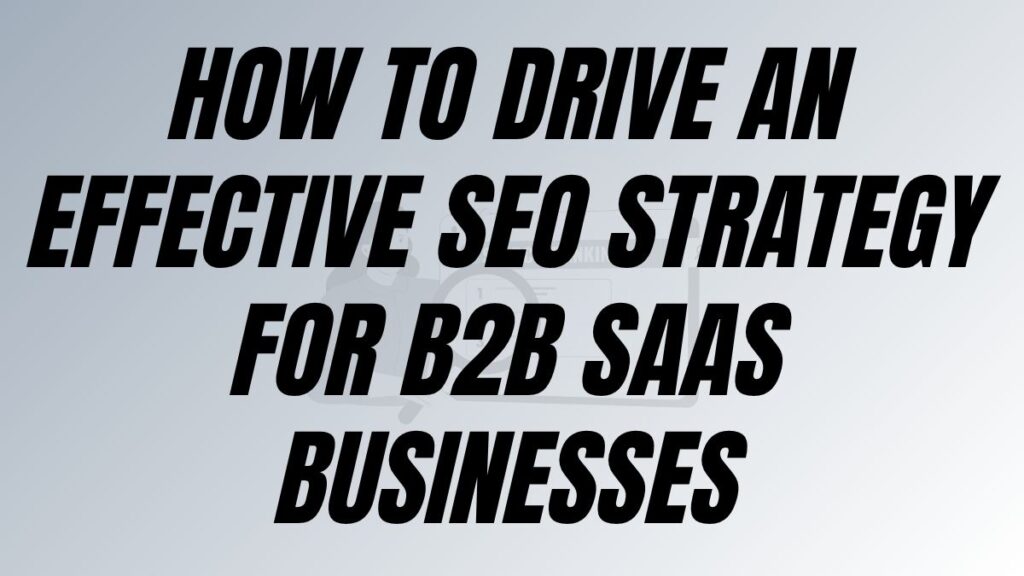
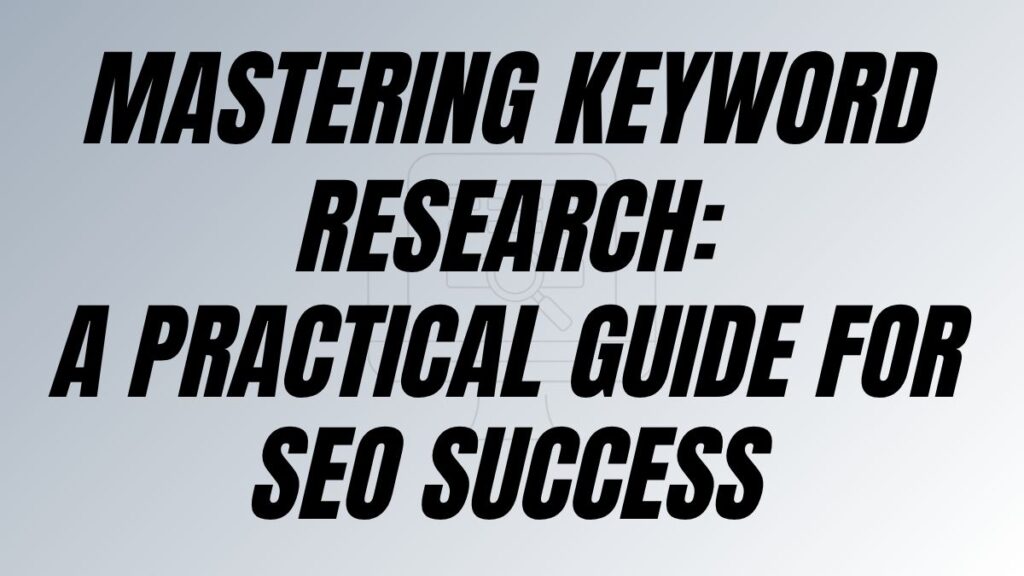
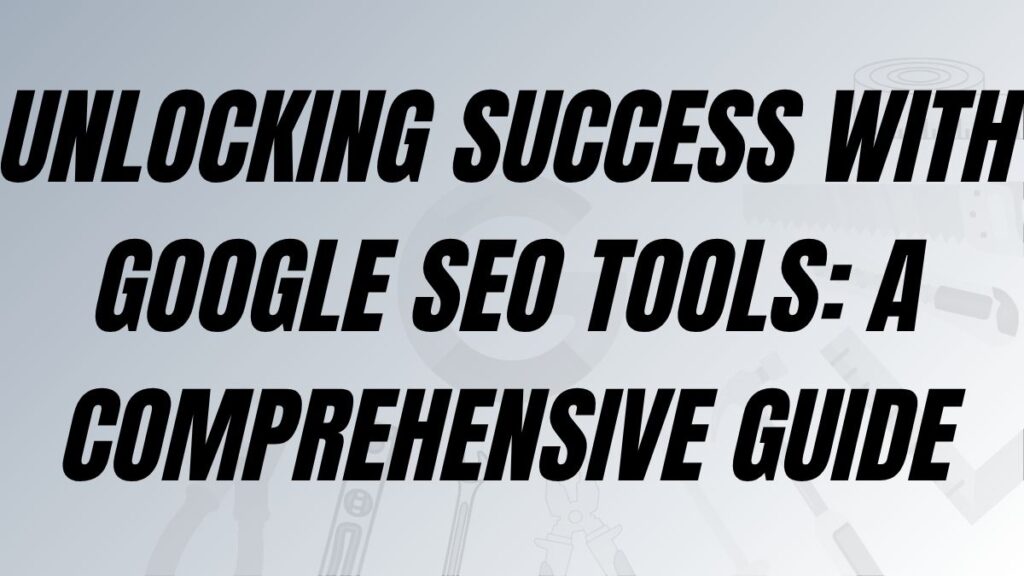
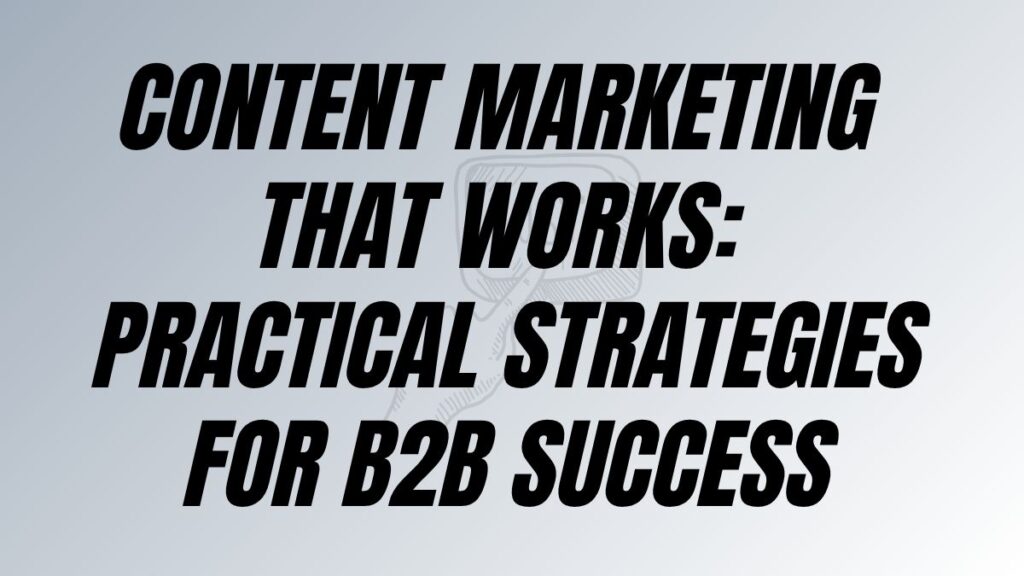
> Back to the top pages
💪 Overcoming B2B SaaS Challenges: Customer, GTM & Marketing
🔥 Work Better, Not Harder with AI & Productivity
☘️ How To Find The Overlap Between Sustainability And Marketing
